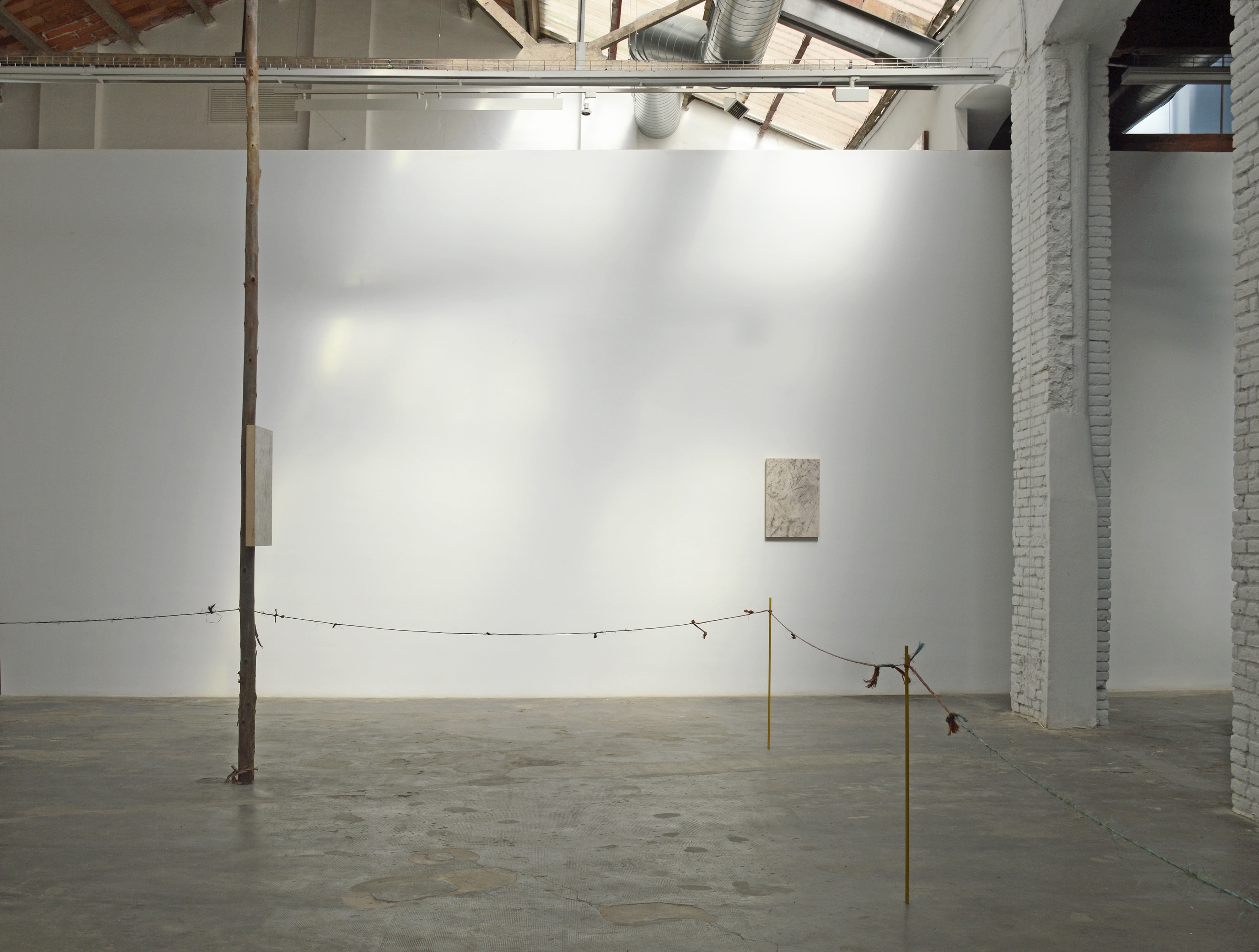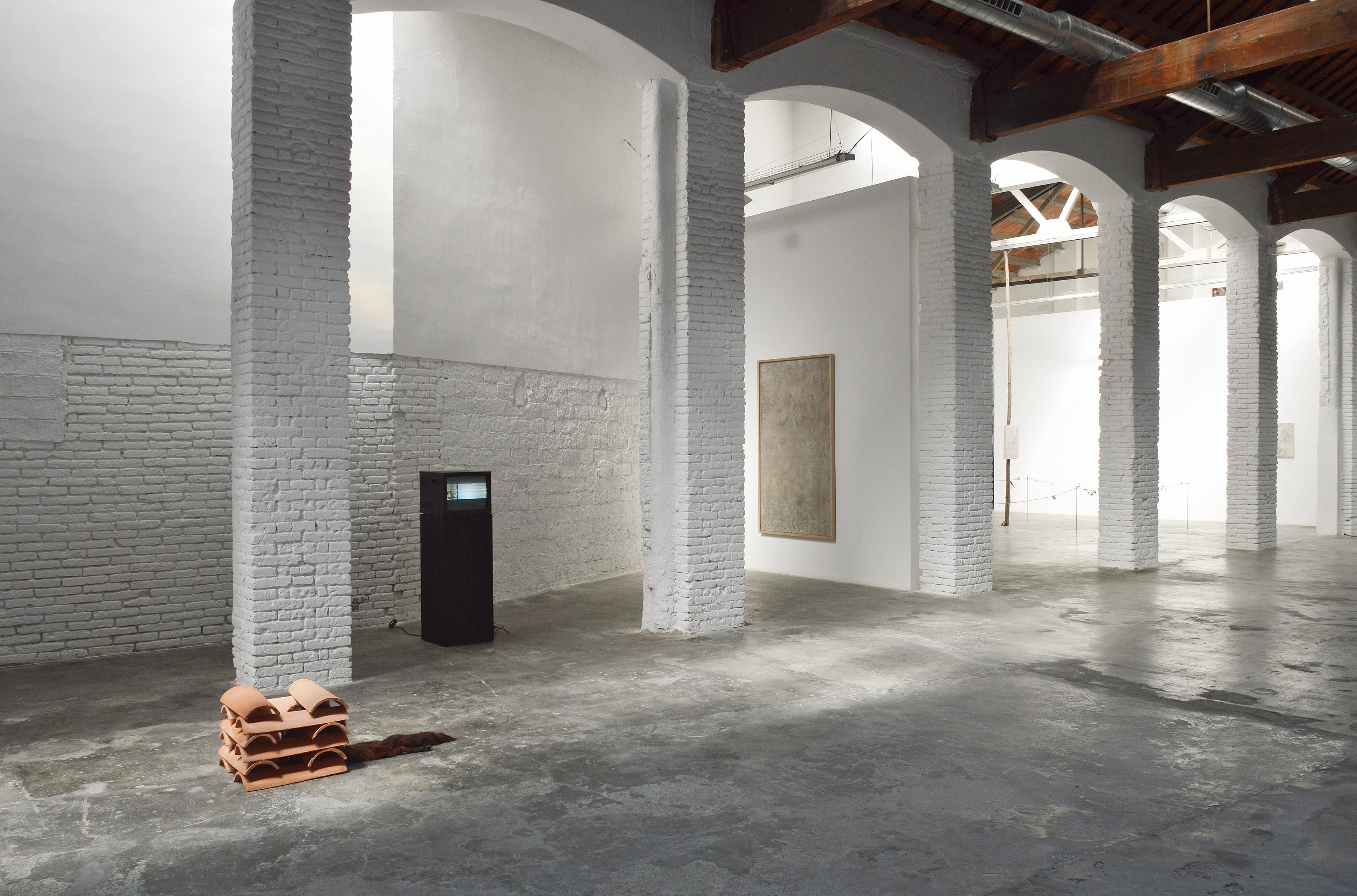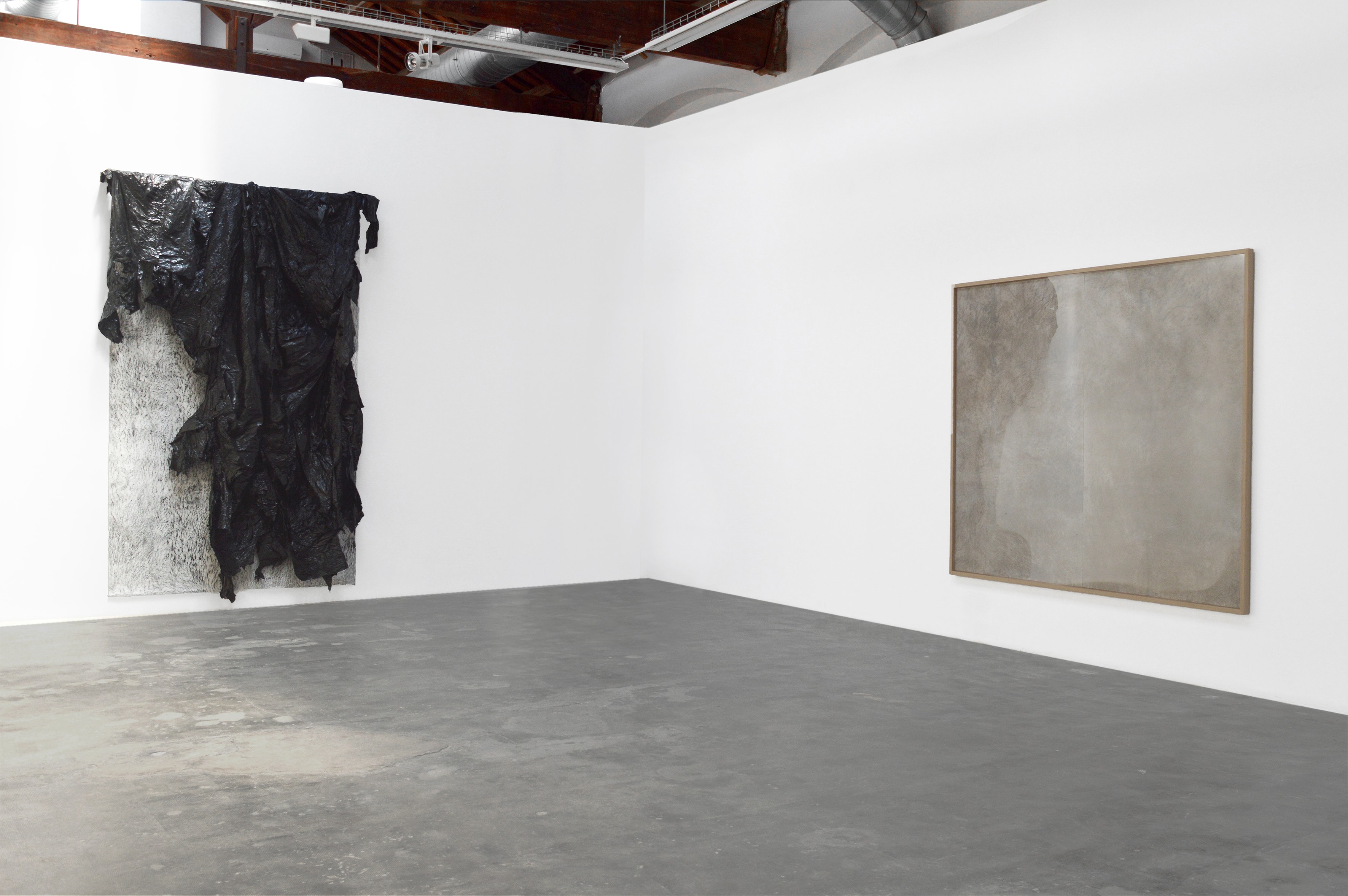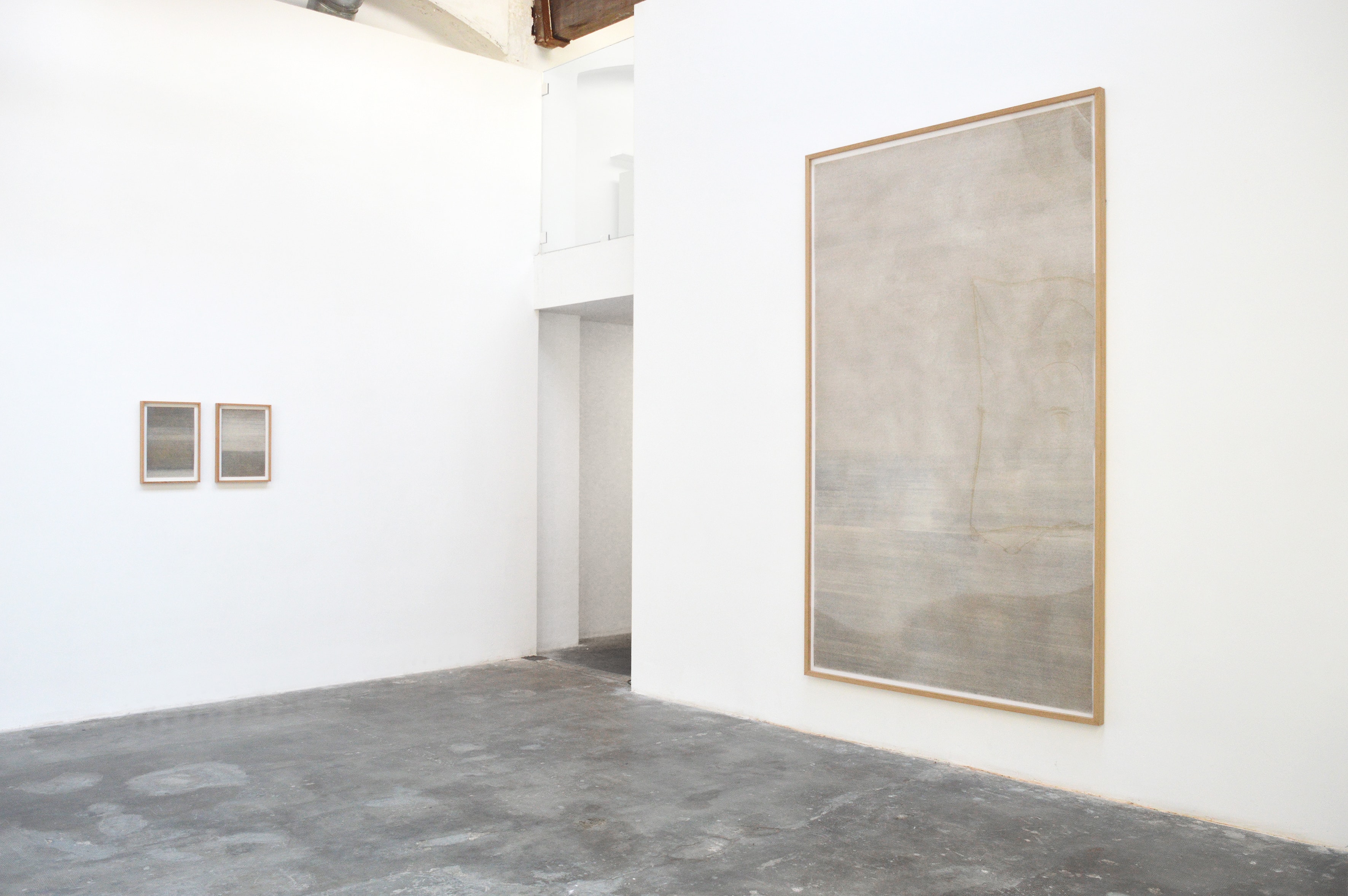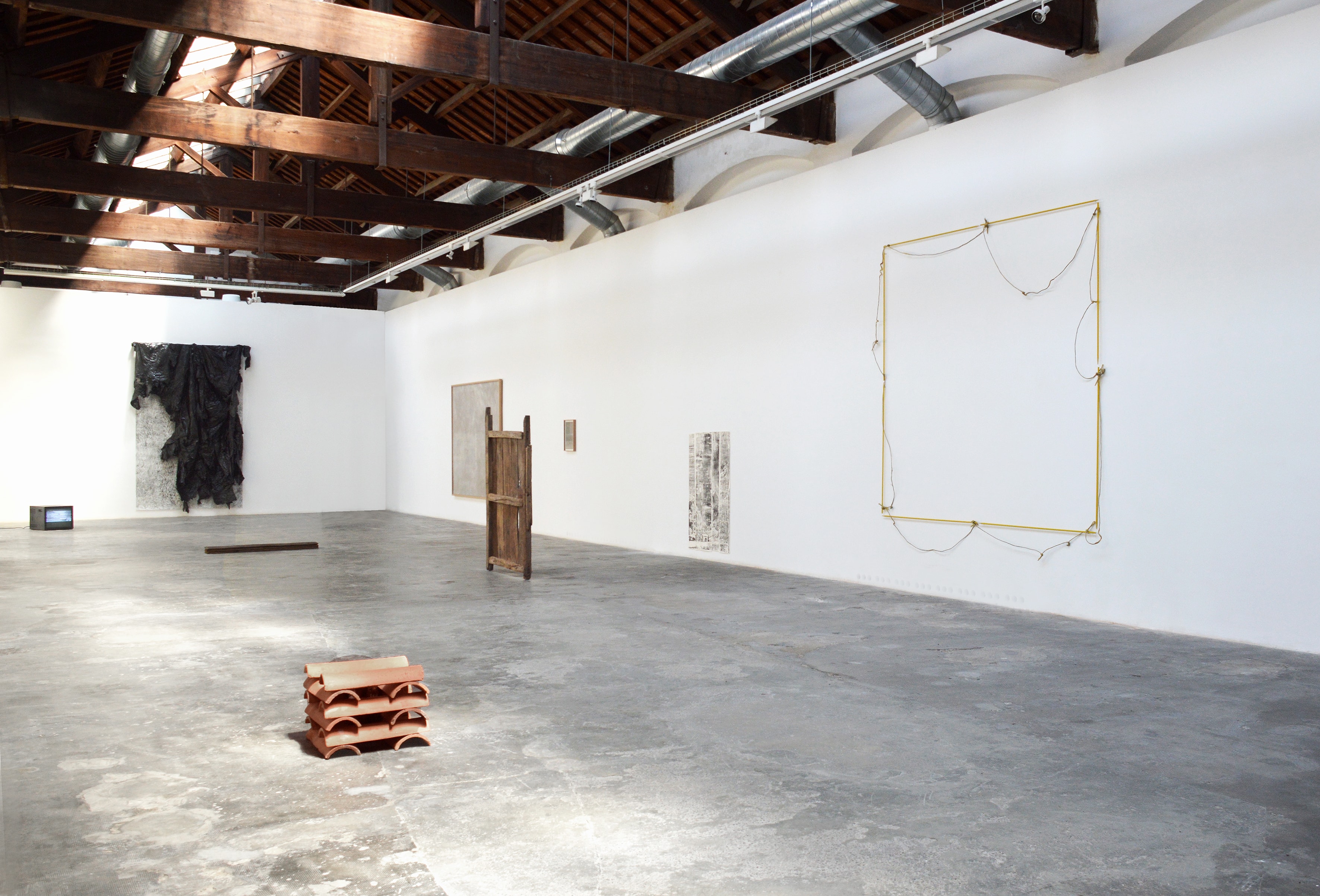Galeria Carles Taché is pleased to announce the opening of Map of the Mold, a solo show by the artist Javier Arce (Santander, 1973). This exhibition is included in the Barcelona Gallery Weekend event held from September 26th until next December 2018.
Javier Arce has a degree in Engraving from the Escuela de Artes Aplicadas in Oviedo and his Honors Degree in Fine Art at the Basque Country University. He received his Masters in Sculpture from the Wimbledon School of Fine Art. He was granted with The International Studio and Curatorial Program in New York in 2008. He received in 2007 the Mención de Honor Generación 2007 in Madrid. He was also awarded By Fundación de Arte y Derecho the same year and by Marcelino Botín Foundation the year before.
His latest individual exhibitions include The First Loan Exhibition. The bastard museum, CAB, Burgos, Spain; This could be a show of historical importance, Museum of contemporary art in Zagreb; as well as his interventions in Espai 13 at Miró Foundation in Barcelona, and Espai Quatre, Casal Solleric, Majorca.
The word "life" is a magic word. It is a valued word.
Every other principle pales when a vital principle can be invoked.
Gaston Bachelard[1]
To reach the forest, it is necessary
go through the cabin.
Javier Arce
"Map of the Mold" is a beautiful quote from the poem Song for the rainy season of the American writer Elisabeth Bishop. In her verses, the writer talks about the house that her partner, the Brazilian architect Lota de Macedo, built in the middle of the Amazon jungle; and she does so from an intimate communion with nature. Precisely, that same emotional connection with the natural environment unifies each of the pieces that are part of the first exhibition of Javier Arce at Galeria Carles Taché in Barcelona. However, here the landscape changes substantially: the jungle gives way to the forest and modern architecture to the cabin. I refer to that cabin that serves as the artist's home and workshop in the Cantabrian Mountains.
By default, the imaginary of the cabin refers us to loneliness, to flight or, even, to the romantic demand for pre-civilized, savage isolation. Unlike what we might think, life in the Arce’s forests has little to do with those premises. Without grudges or boasts, the artist is committed to a life and a profession that intensifies harmonious coexistence with the place as a system of exploration of the world. Precisely, coexisting - living with another or others in the same space and time - is what marks the processual character that defines his way of doing art. In addition, through this gesture of recognition of nature, the artist also finds - without fleeing, I insist - a new dimension of the community. This is a speculative review of the real closed, perhaps, to the idea of society defended by the French philosopher Bruno Latour, where the social depends on the active participation of both human and non-human agents[2] (in this case a stone, a tree, a forest ...).
Thus, the two words that make up the title of the exhibition perfectly reflect the artistic practice Javier Arce has been developing in recent years. On the one hand, the map, the cartography, the territory understood from a sense of telluric, psychogeographic belonging ...; on the other, the mold, the fungus of decomposition, the evocation of a slow, progressive, silent transformation. Both concepts allude to the physical, or rather to the metaphysical, to enter, little by little, into a psychic and emotional dimension. While the map offers us a place, the mold places us in an imperceptible becoming.
Map of the Mold supposes therefore the expositive evocation of a singular experience that could not and would not take distance between what it does and what the artist is. In this way, the drawings, sculptures and installations that make up the exhibition opt for such a sincere literality that, far from being an artistic representation of something, they become directly the real fragment of that something. Even more, that something is not static, inert, but it maintains a biological and organic will that resignifies it as part of an ecosystem in continuous movement.
In this sense, Map of the Mold is not a traditional exhibition, where the works deploy in present time by the exhibition space. Map of the Mold supposes rather an accumulation of own and intimate times that, arisen from multiple activations of the landscape, exude an intense performativity at the time of understanding the territory and the art. Despite the autonomy of each of the pieces of the exhibition, its display becomes really a landscape and this invites us to move around the gallery without pre-established routes or excessively directed explanations.
I would say that this is the best way to contemplate the drawings made with ashes of the wood that Arce burns in his fireplace (Mapa del moho, 2018; Gris, 2018), those others emerged from the direct frottage of the paper on elements typical of the pasiega life such as boundaries or plastics to ensilage the grass (Linderos, 2018; Contrato Natural, 2017), decode the dialogue of equals between waste materials and cultural references without apparent meaning (Keep Politics Out of This Picture, 2013), revisit an old wooden door turned into an engraving plate that reveals the landscape to which it belongs (Retry the Life Experiment in the Communal, 2014), or discover the spiders that have decided to live in the small structure of charcoals that synthesize the plane of the cabin by Derek Jarman (Sobre el Tercer Paisaje, 2014-2017). That same absence of guidance is what also allows us to observe the slowness of life in the valley (Way of Living, 2006) or to understand the human dimensions of the land according to its uses (La linde, el bosque y la mirada, 2018), eucalyptus included.
And while we are aware of the risk losing ourselves, or of not understanding, that non-imposing relationship marks the tone and sensitivity of its contents. In short, it marks the tone of the forest.
David Armengol
[1] Gaston Bachelard. La poética el espacio. Fondo de Cultura Económica, 2006.
[2] Bruno Latour. Reensamblar lo social. Una introducción a la teoría del Actor-Red. Ediciones Manantial, 2008.
